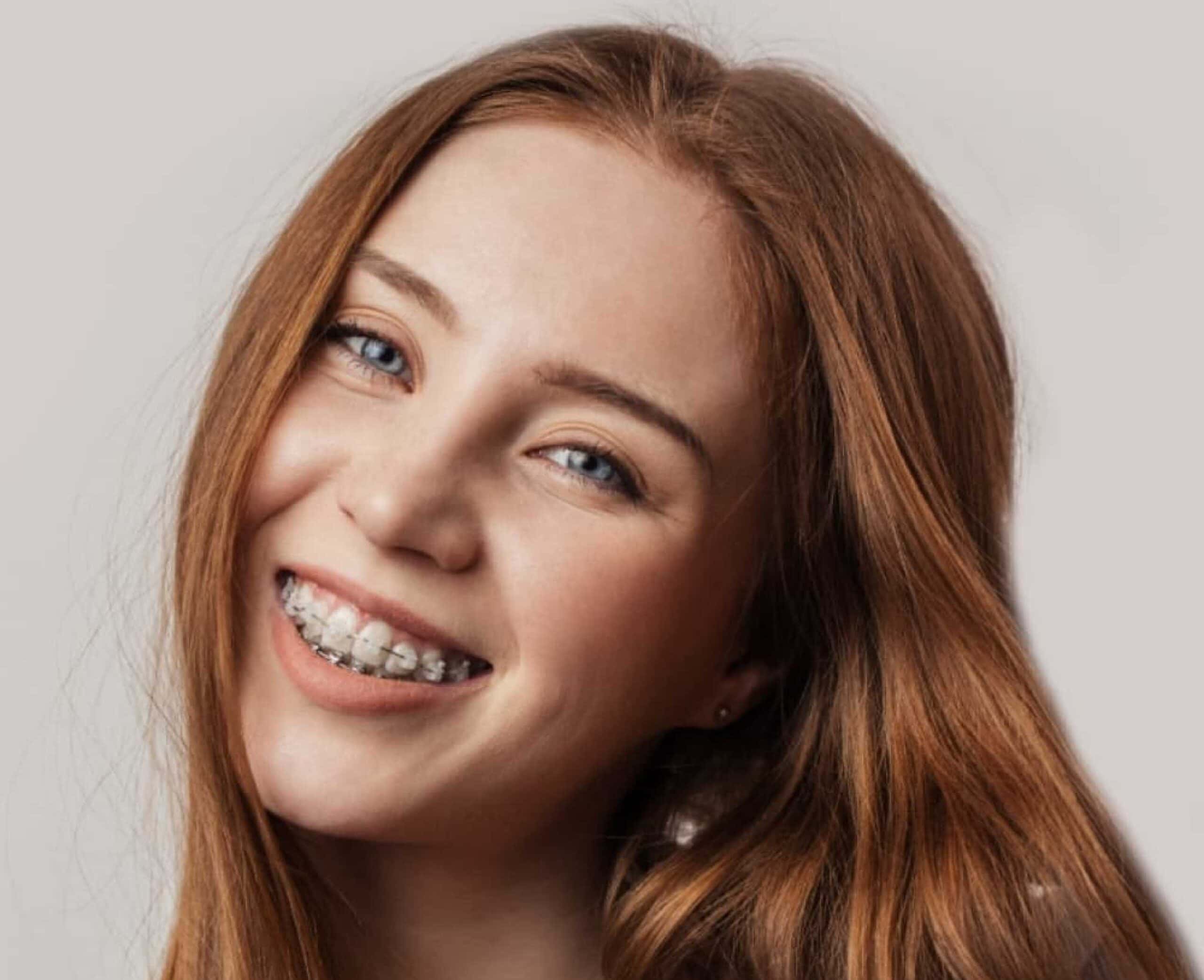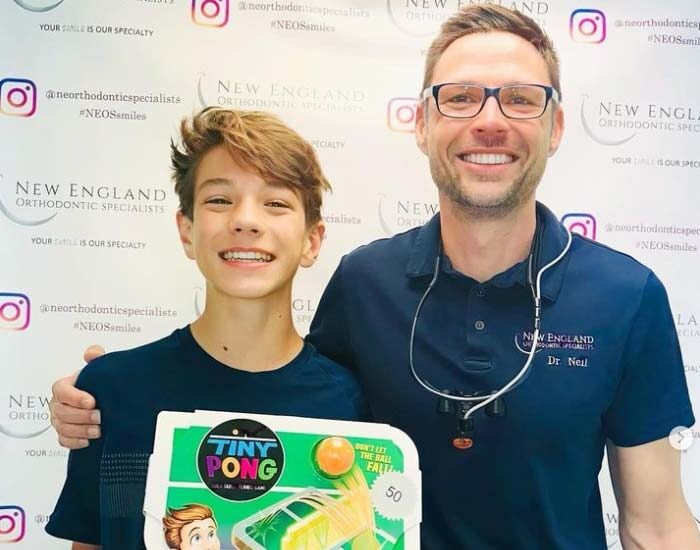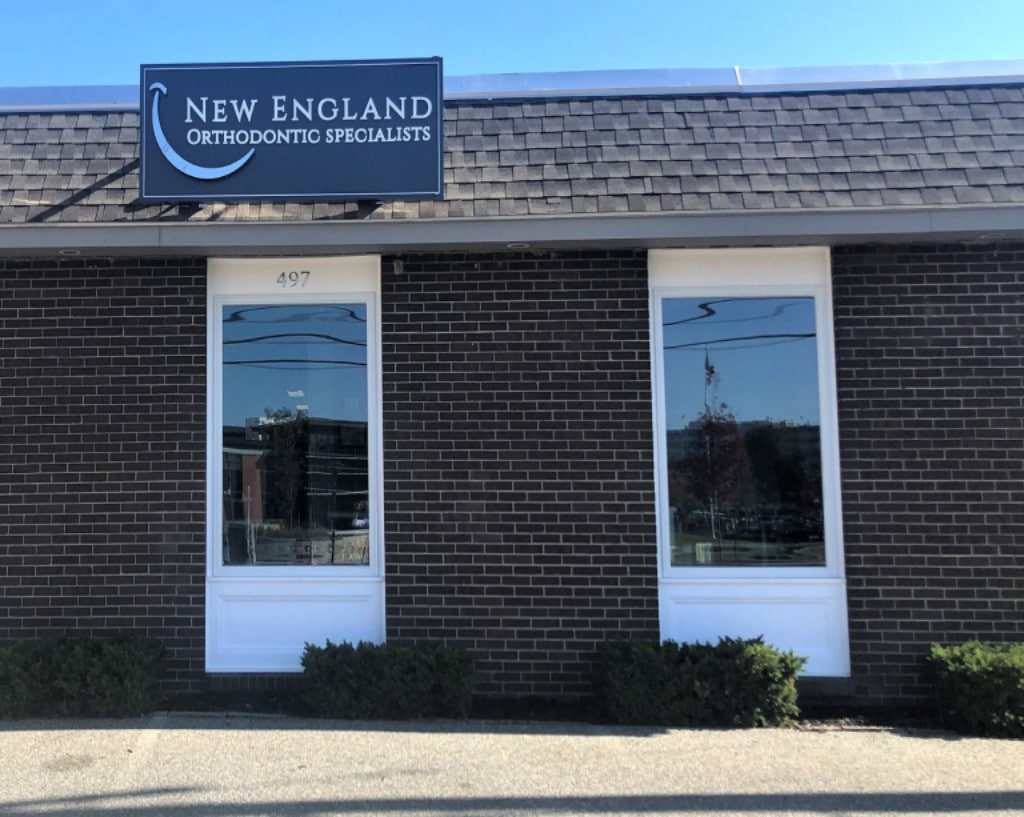Treatments
Your Smile Is Our Speciality
we’re here to help
Treatment for everyone
We have a variety of treatments for any style or stage of life. Explore our custom treatments including metal or clear braces and Invisalign.

Braces
Today’s braces are lighter and more comfortable and are designed to fit your lifestyle. Choose from metal or clear braces for your unique look.

Invisalign
If you’ve ever wanted a straighter smile without the look of obvious metal braces, Invisalign clear aligners could be the perfect fit for you.



